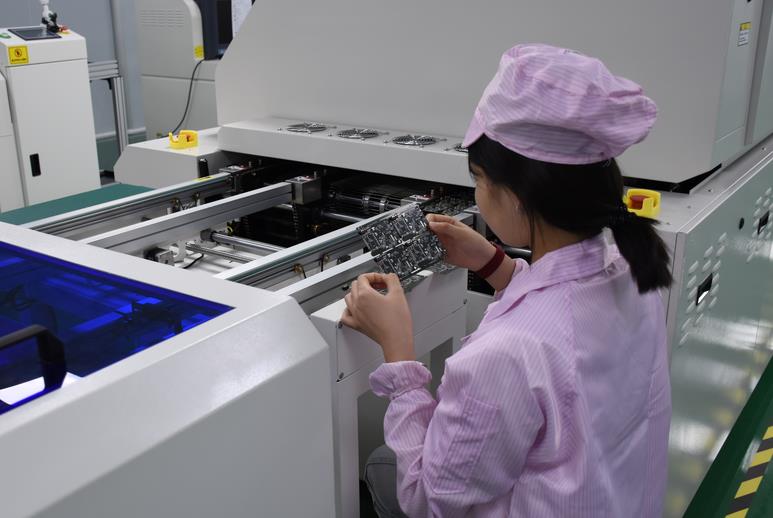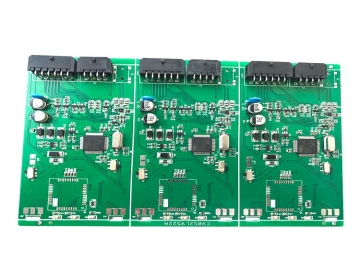What are the components and configurations of a typical 4-layer PCB stack?
In a typical 4-layer PCB (Printed Circuit Board) stack-up, the number of layers depends on the complexity and specific requirements of the circuit design. While not all PCBs strictly have 4 layers, a typical 4-layer PCB stack-up might include the following types of layers:
- Top Layer:
- This is one of the outer layers of the PCB and is typically used for placing components (such as integrated circuits, resistors, capacitors, etc.) and their connecting traces.
- The top layer may also contain pads (Pads) for soldering components and vias (Vias) for connecting to internal or bottom layer circuitry.
- Inner Layer 1:
- This is one of the internal layers of the PCB and is used to connect the circuitry between the top and bottom layers.
- The inner layer typically contains signal lines (Signal Lines) that transmit data and instructions.
- In a multilayer PCB, the inner layer may also include power and ground planes to provide power distribution and grounding connections.
- Inner Layer 2:
- This is another internal layer, similar to Inner Layer 1, and it is used to further expand the connectivity and routing of the circuitry.
- It can contain additional signal lines, power, and ground planes to meet the needs of more complex circuit designs.
- Bottom Layer:
- This is the other outer layer of the PCB, opposite to the top layer.
- The bottom layer can also be used for placing components and their connecting traces, but usually with a lower component count, for specific needs or space constraints.
- The bottom layer also contains pads and vias for connecting to other layers or external circuitry.
It is important to note that this is a typical example of a 4-layer PCB stack-up. In reality, PCBs can range from single-layer to dozens of layers, depending on the demands and complexity of the circuit design. Additionally, the design of the PCB stack-up needs to consider other factors such as electromagnetic compatibility (EMC), thermal management, signal integrity, and cost-effectiveness.
Tags: PCB /4-layer_PCB /PCB_stack /
Prev: What is the difference between SMT and THT?
Next: Can the number of PCB assembly manufacturers in a country reflect its industrial strength?








